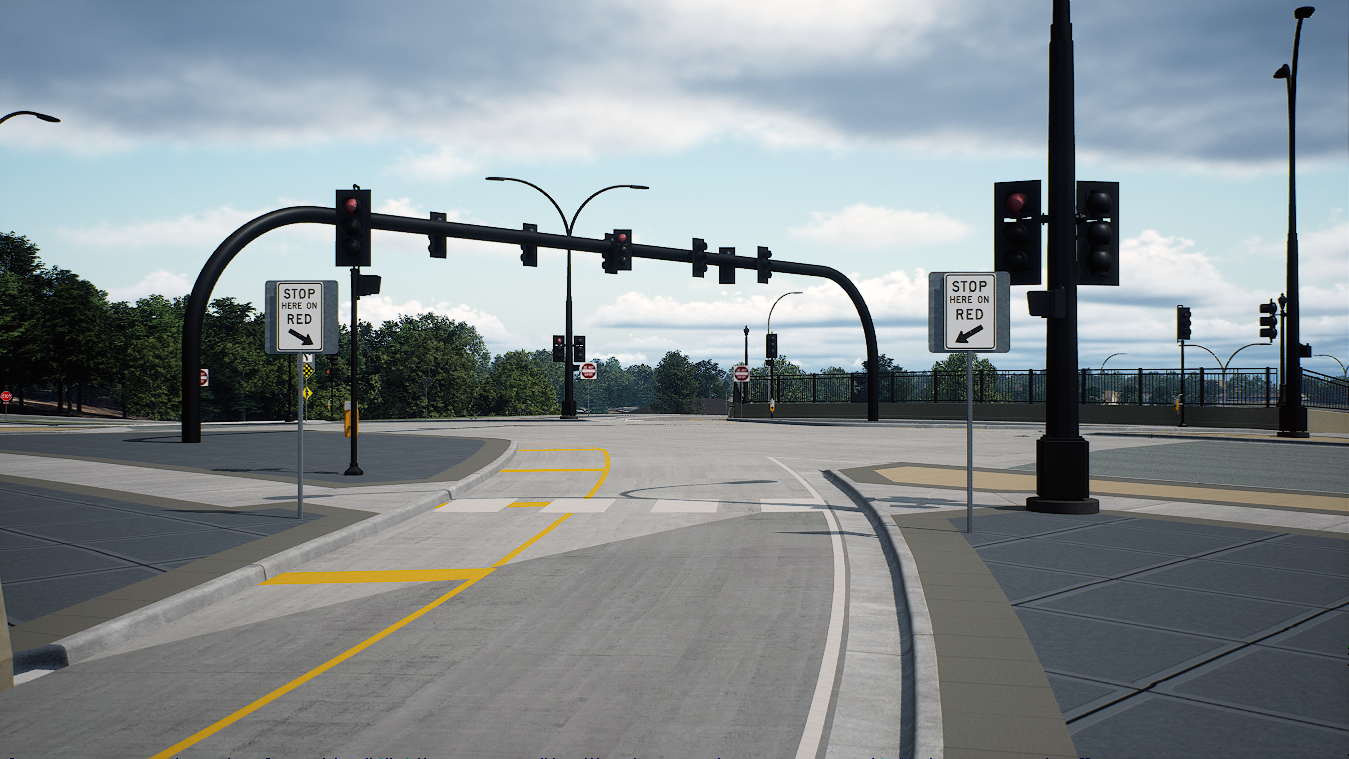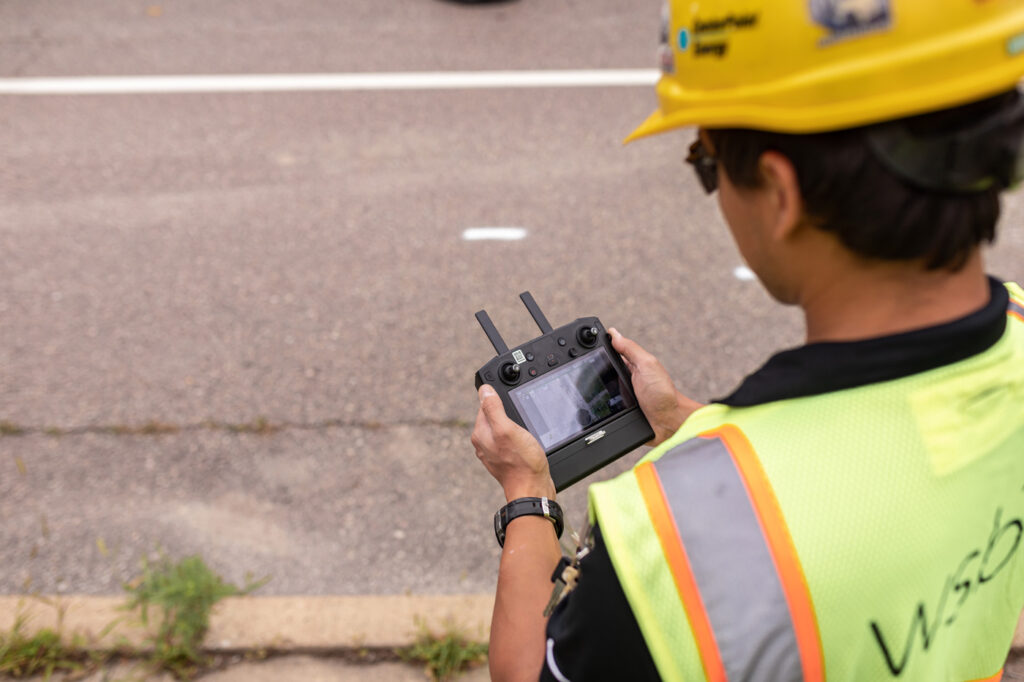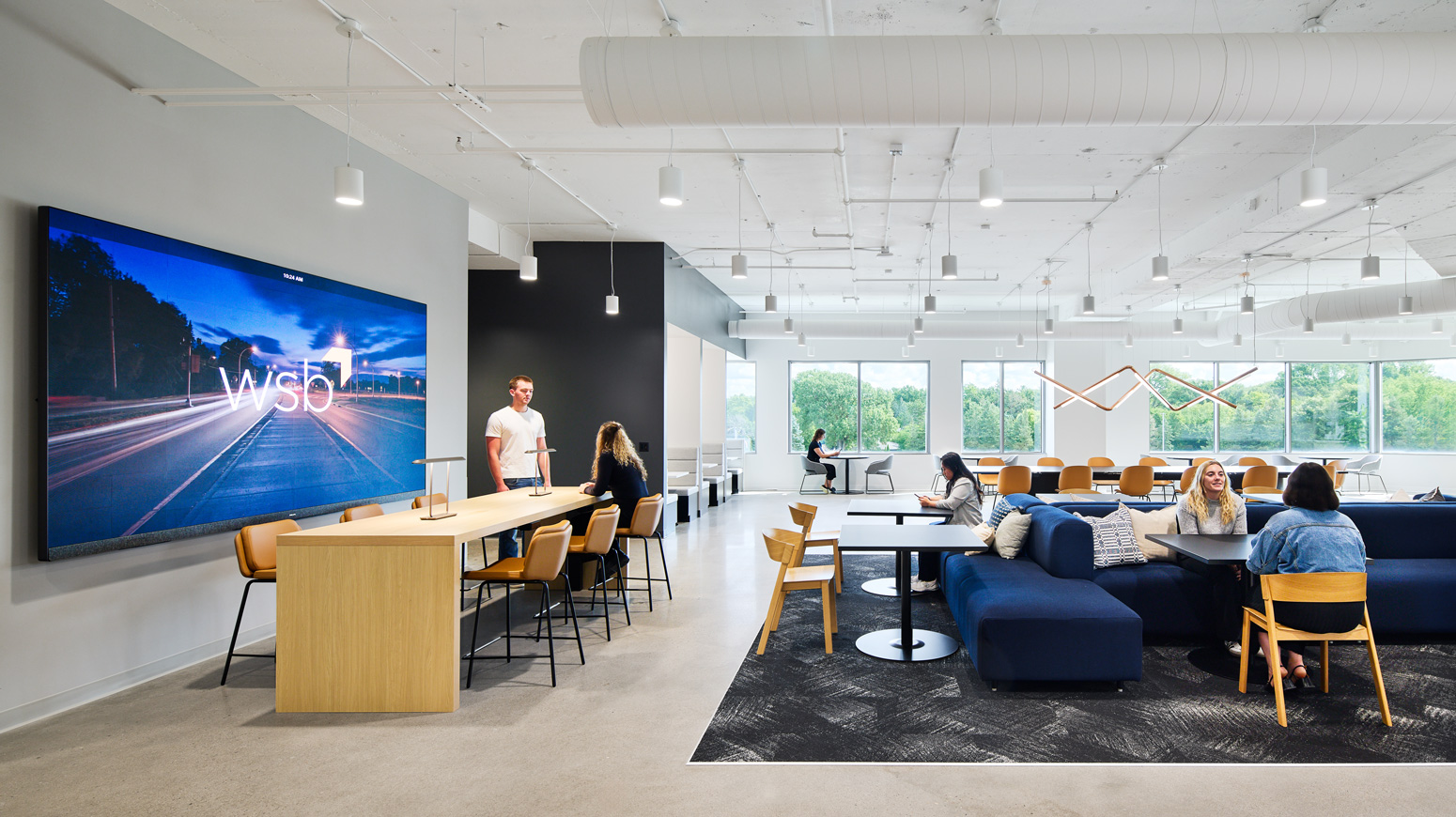Insights
Bridging the Gap Between Design and Build: The Current State of the Construction Industry

June 17, 2025
By: Kyle Klasen, Vice President, Construction, WSB
As the construction industry evolves, data rich model-centric workflows are reshaping how projects are planned, designed, built and maintained. The industry is moving from paper plans to digital delivery due to increased construction risks and data loss during maintenance and asset management.
Transforming Construction Workflows Through Data Integration
Owners, surveyors, construction engineering and inspection (CE&I) teams, and contractors are all working together to deliver successful projects but without a shared source of truth, they risk misalignment and inefficiencies. Bridging the gap between design and construction has historically been an industry weakness that WSB is committed to changing.
Enhancing Field Operations with Seamless Data Integration
Our approach focuses on understanding the data needed for construction, validating electronic and plan documents, and providing user-friendly data formats. Usable 3D design data that is clear, manageable, and reliable is shaping project planning and delivery today. Understanding the limitations of file size and file formatting of data to construction hardware and software is essential while designing for field users. We must ensure easy transfer of custom surfaces, alignments, profiles, and 2D/3D linework with features between systems for field operations and asset management teams.
Driving Transparency and Efficiency with Cloud-Based Collaboration
Cloud platforms connect stakeholders collaboratively, creating transparency in design and acceptance of model-centric approaches. When stakeholders trust and adopt a single source of data truth for survey, automated machine guidance, and construction management, they reduce schedule delays and quantity discrepancies. Real-time tracking of quantities and monitoring project progress offers insights that improve productivity and cost control. By analyzing more real-time field data, teams identify inefficiencies, troubleshoot issues remotely, and make smart decisions faster to accelerate project delivery. To shape the future of our industry, we must lead in the adoption of digital tools and actively push forward toward fully digital workflows.
Embracing Digital Transformation for a Smarter Construction Future
As the construction industry advances, embracing fully digital workflows and model-centric approaches is no longer optional—it is imperative. By fostering collaboration among all stakeholders, leveraging cloud-based platforms, and ensuring models are validated and accessible, the industry can overcome historical inefficiencies. This transition promises to enhance productivity, reduce risks, and pave the way for smarter, data-driven construction practices that define the future.




